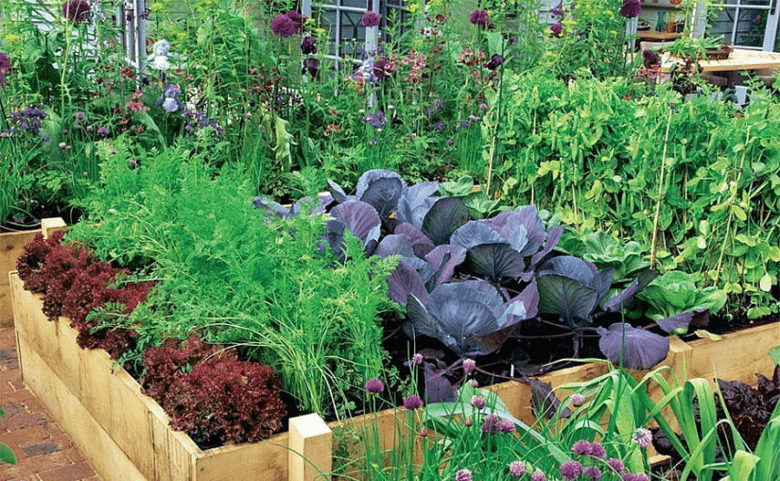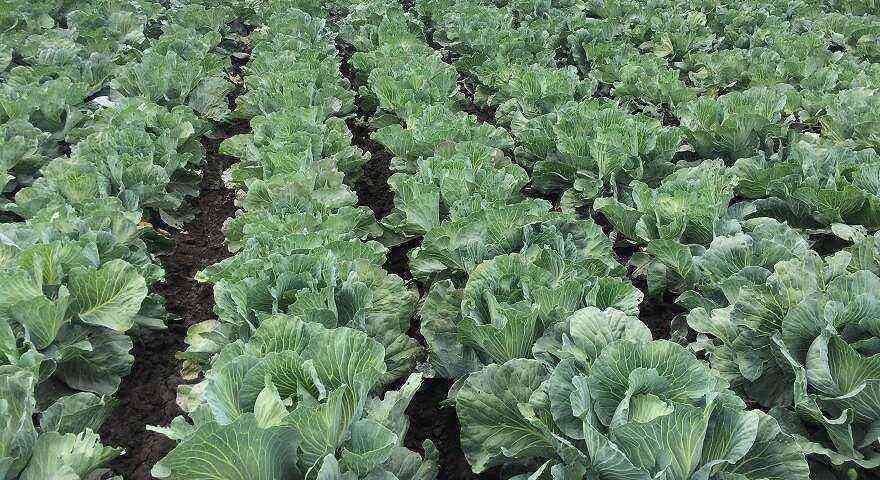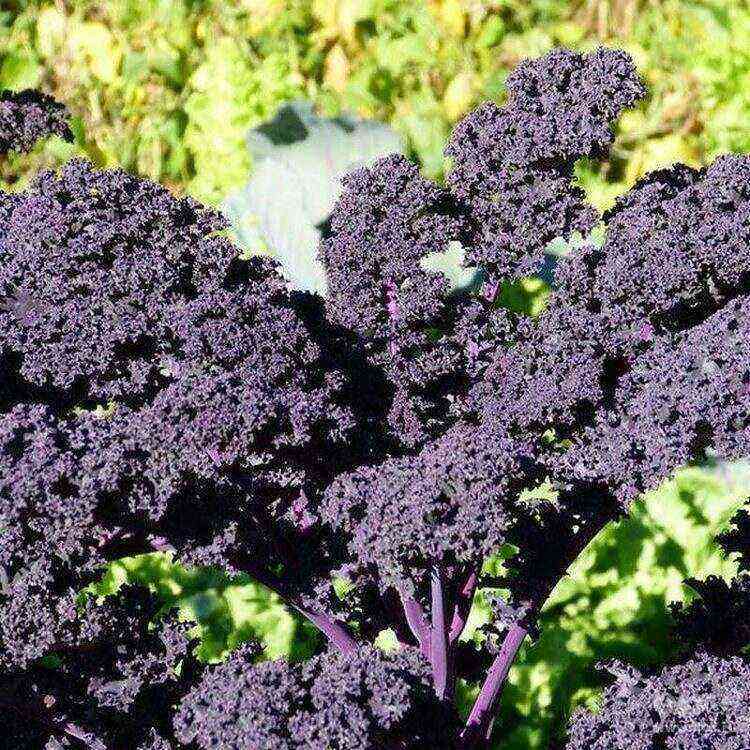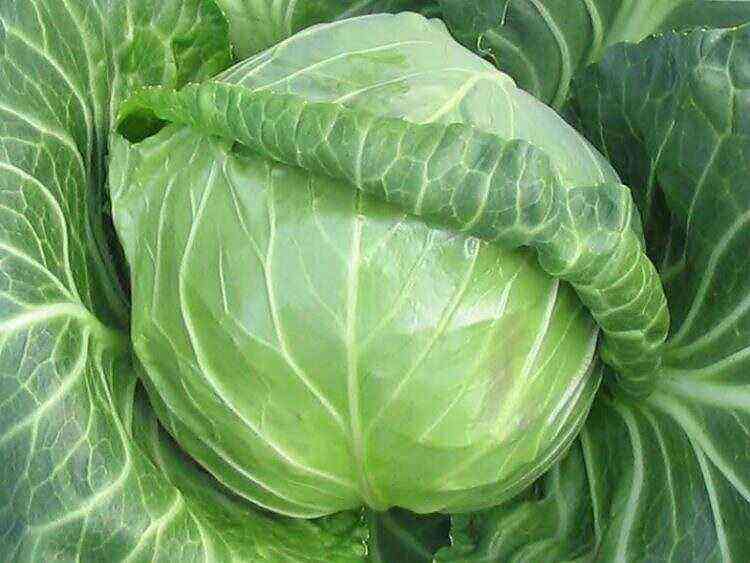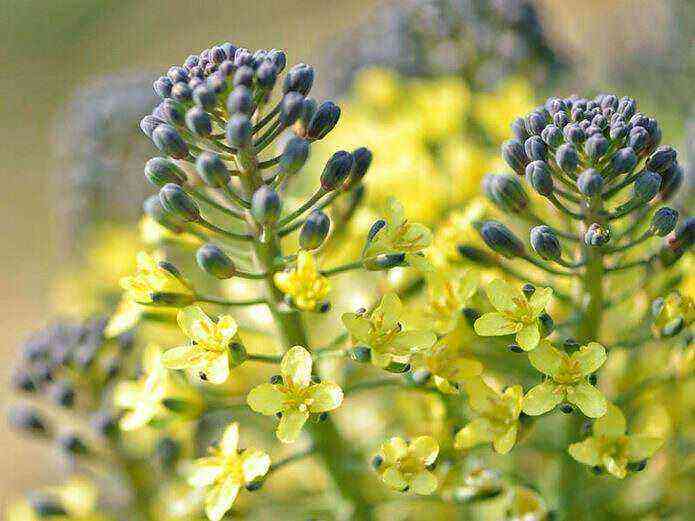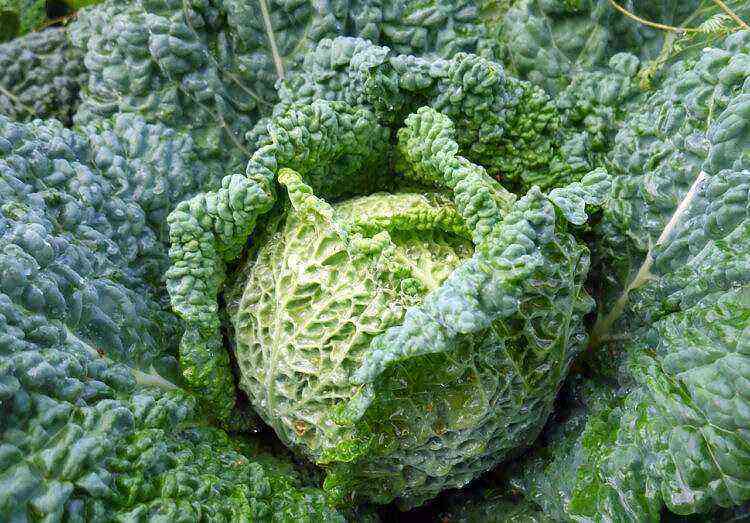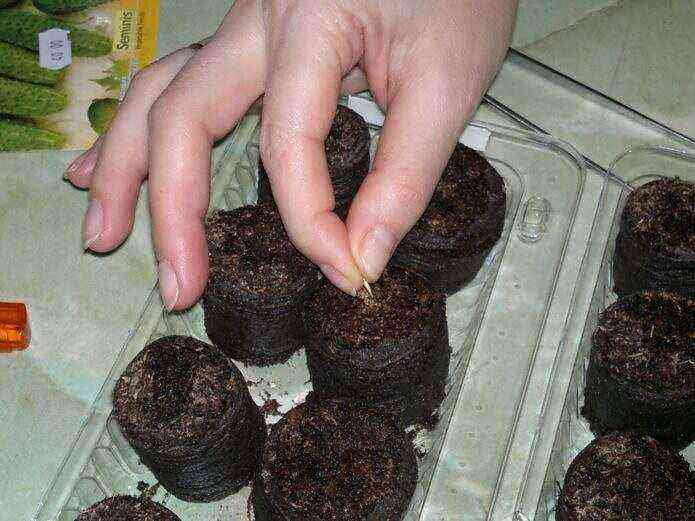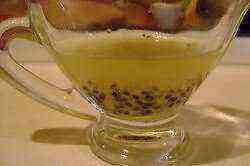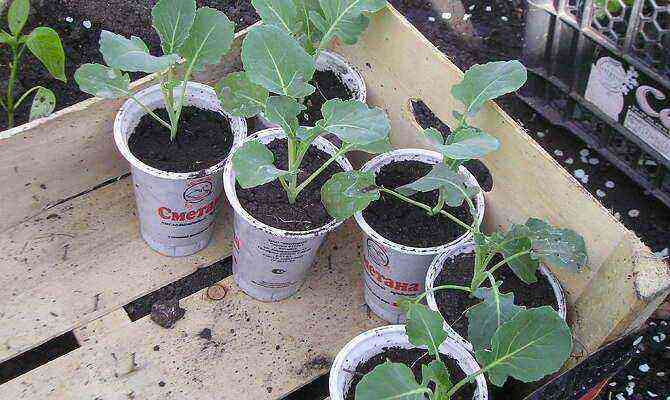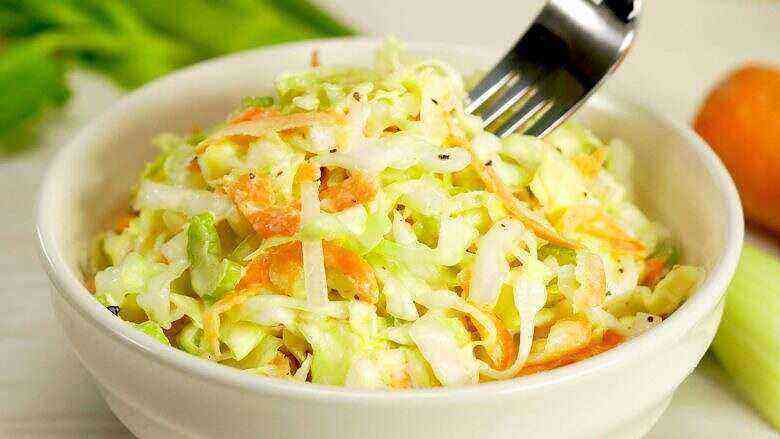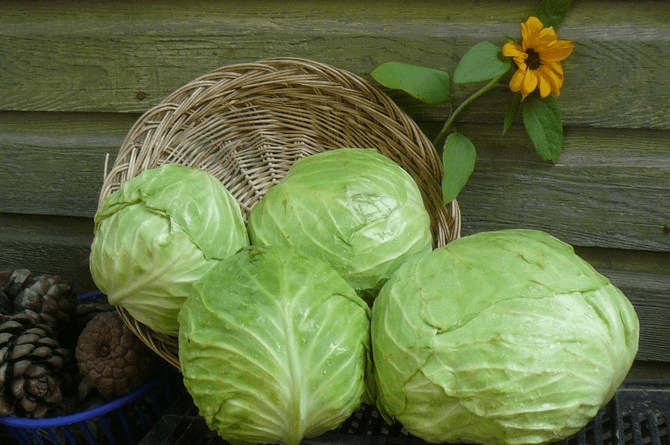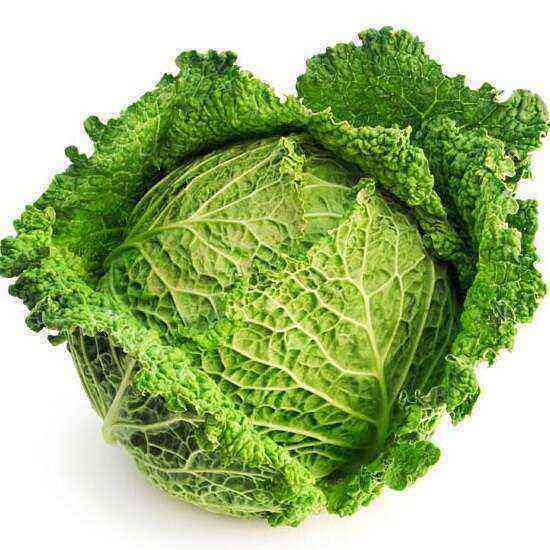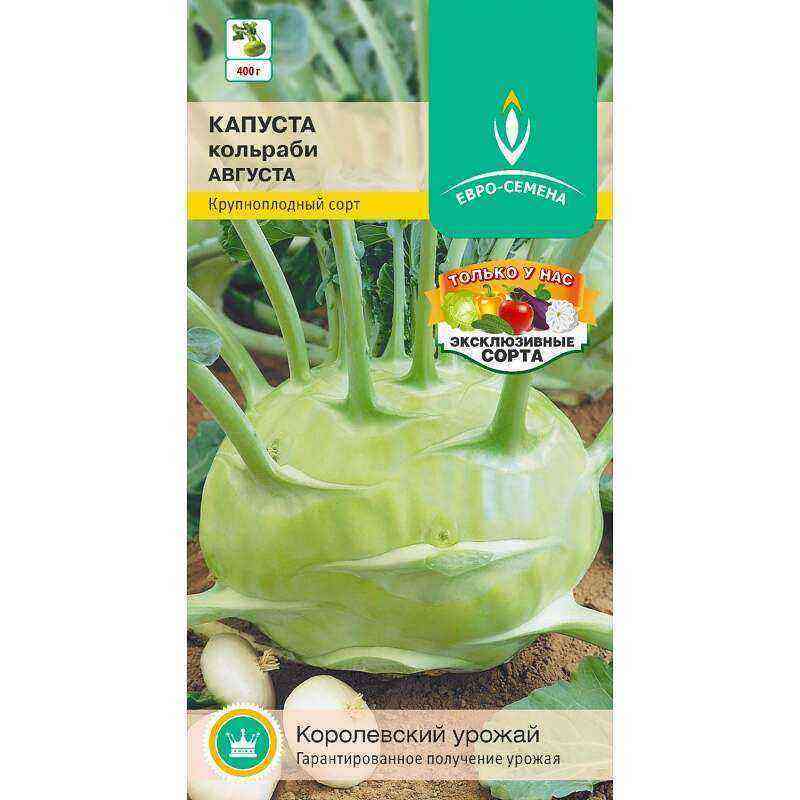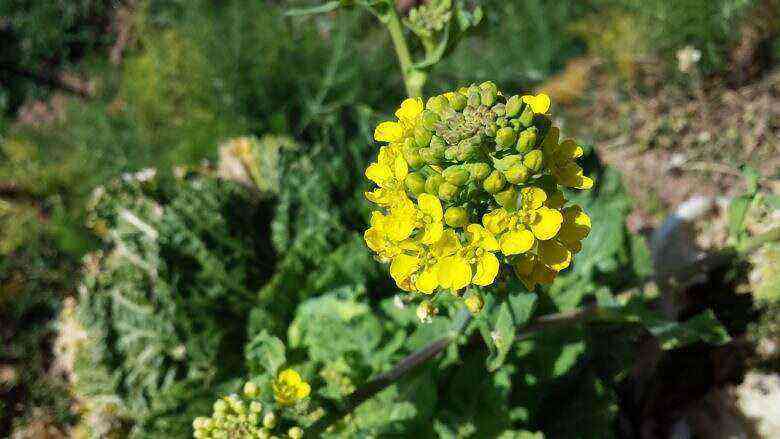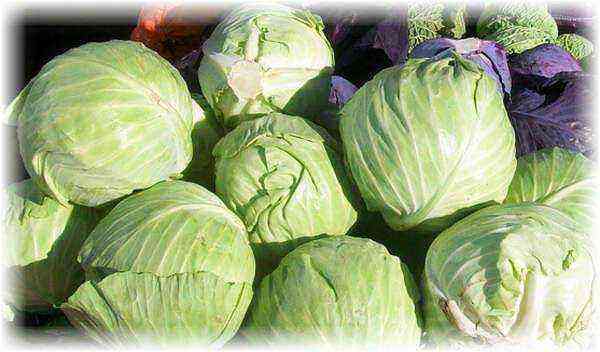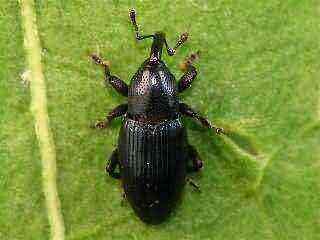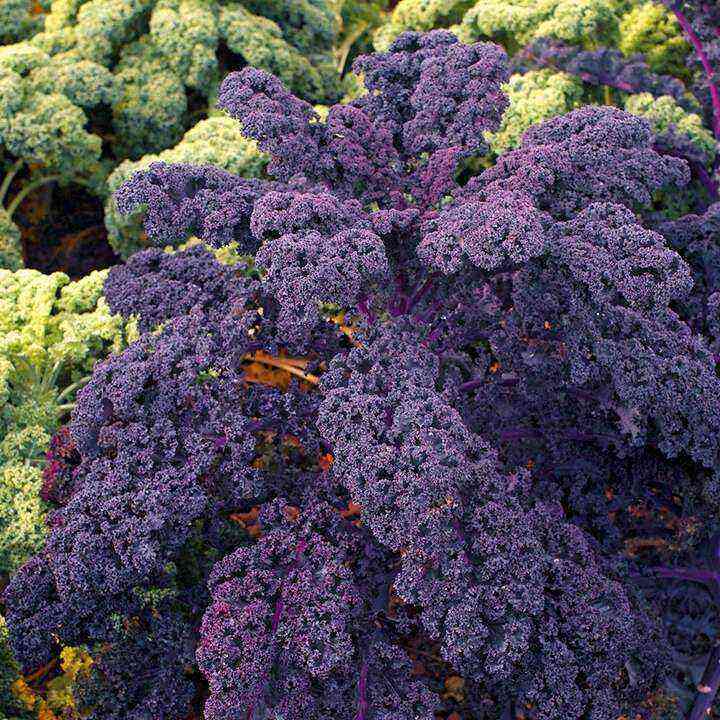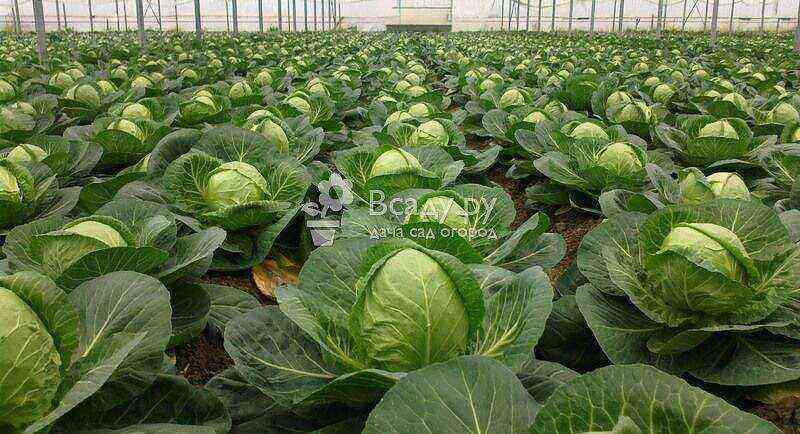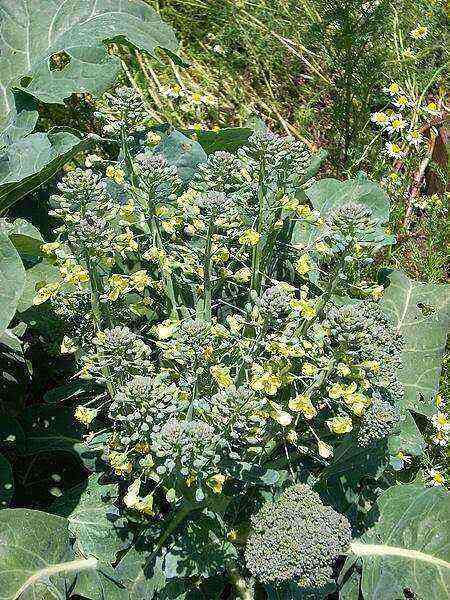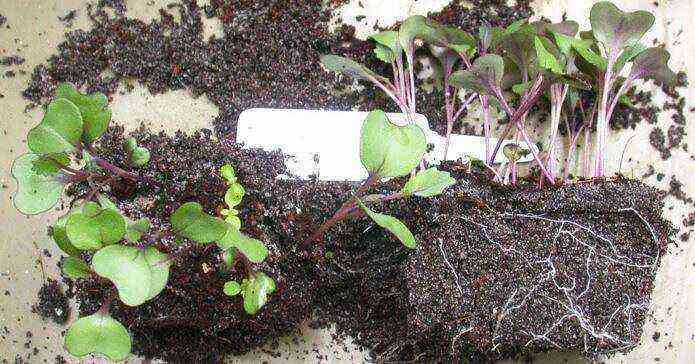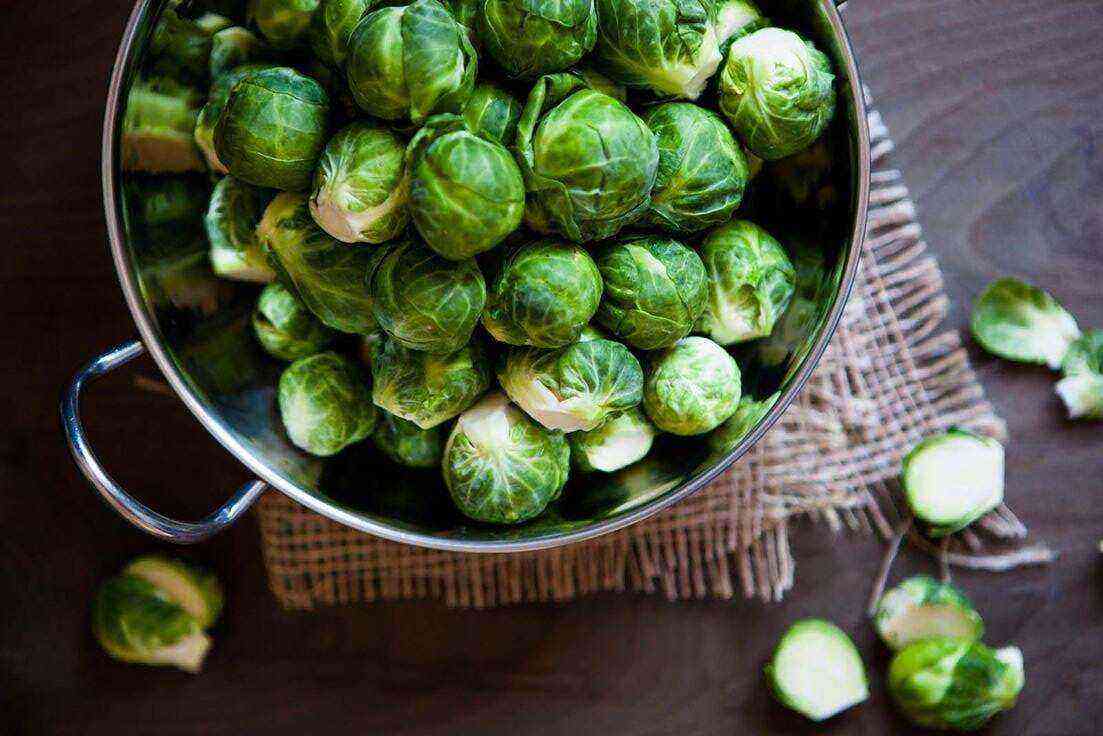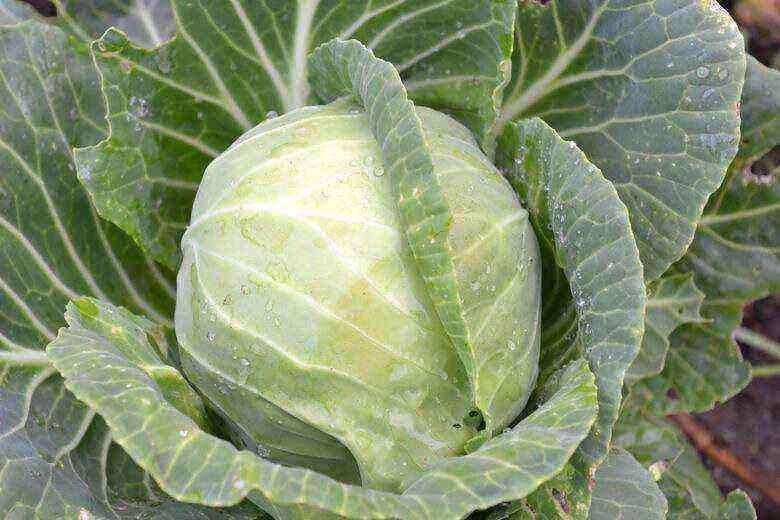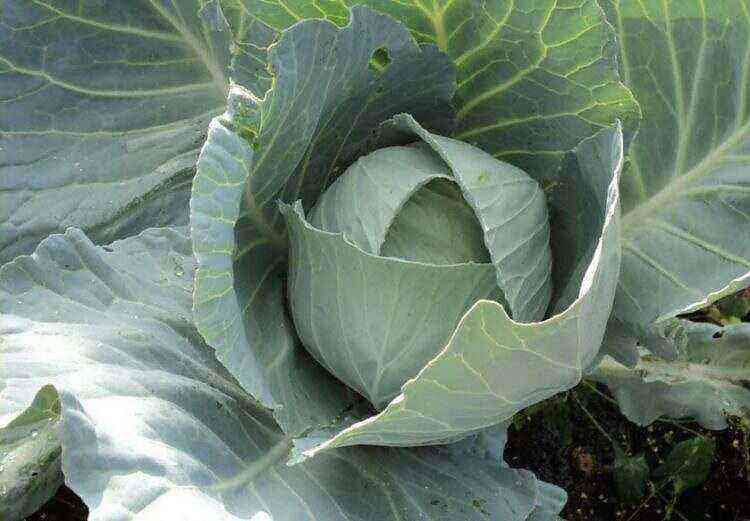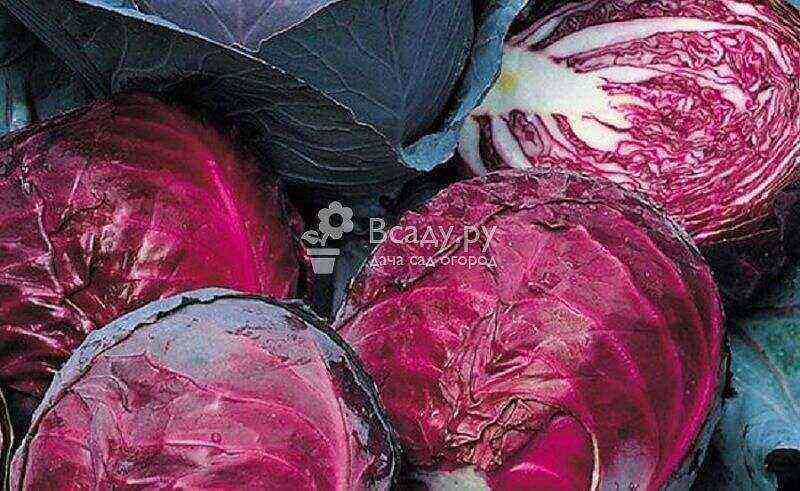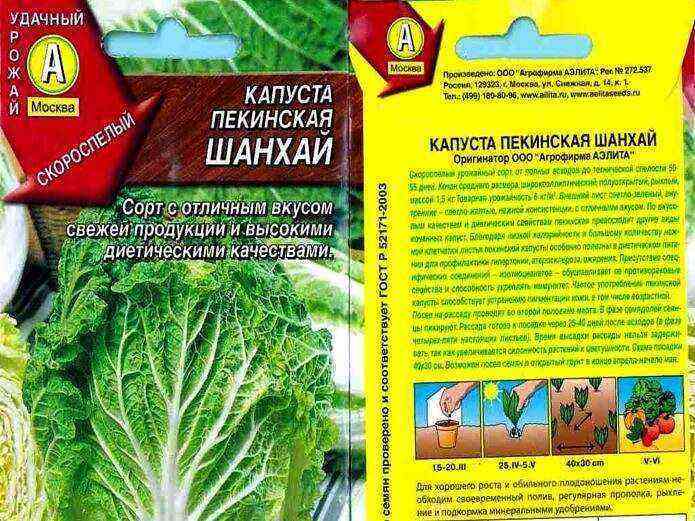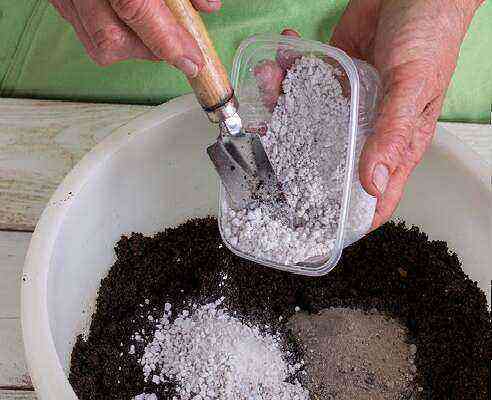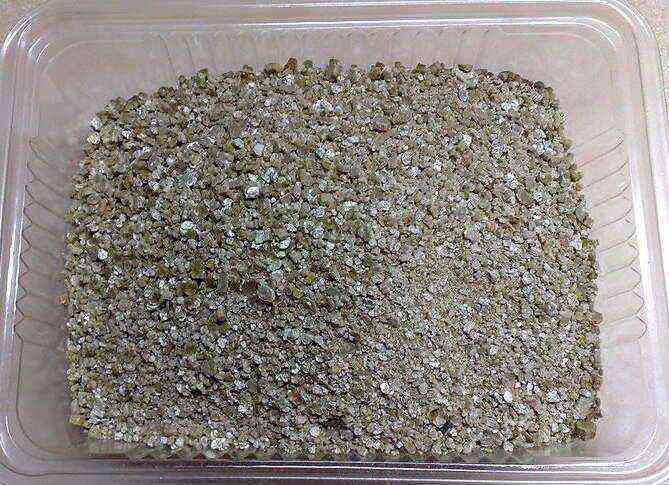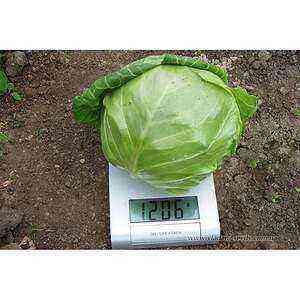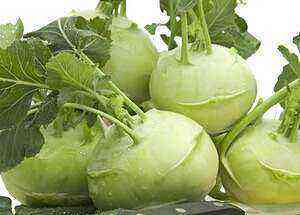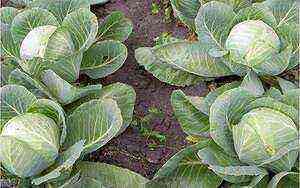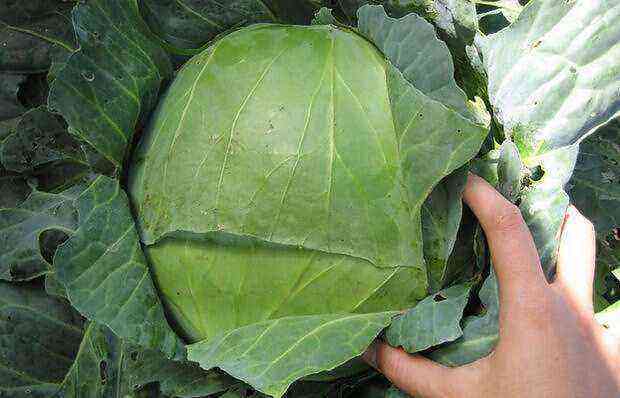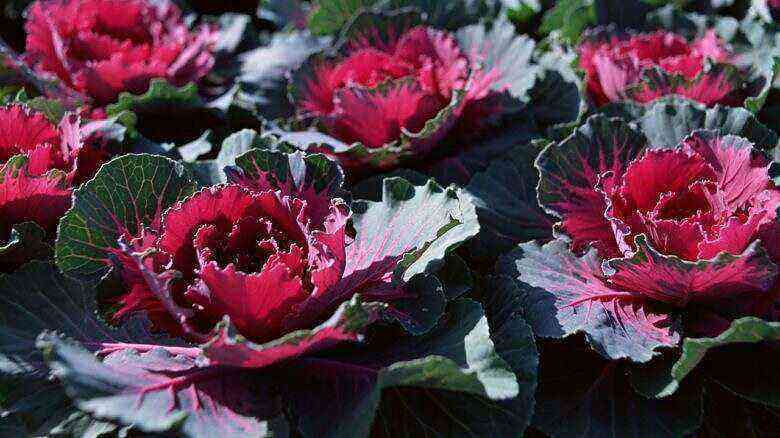A new food trend is gaining popularity in Russia – cabbage kale. She has already won the close attention of chefs and people who follow a healthy diet. This vegetable is a storehouse of vitamins. She is found mainly in restaurants, but this beauty can be grown in the garden. Fortunately, it is absolutely unpretentious to care and weather conditions.
Origin, description and characteristics of the plant
There is no definite answer about the origin of this type of cabbage. It is known that it was eaten by the ancient Greeks and Romans. This plant was grown in Europe, but by the beginning 17 century it was almost completely supplanted by more productive and disease-resistant head varieties.
For the unusual shape of the leaves, kale is called curly cabbage.
In Russia, she was known in the times of Peter the Great (in 18 century), which was due to its ability to grow at subzero temperatures. At that time, they began to sell it for export to Europe, and from there to America. Over time, they stopped growing it, giving preference to white cabbage. To this day, this culture is popular with Western vegetable growers. It is known for its frost resistance: some species can withstand temperatures in the open field up to 18-20 ° С below zero.
Breeders have bred many different varieties of cabbage, which differ from each other in the shape and color of the leaves, height and early maturity. Keil (you can still find the names kale, brauncol, bruncol, and gruncol cabbage) belongs to the cruciferous family. Instead of the usual head of cabbage, she has leaves, the wavy edges of which are collected in rosettes, which creates a curly effect.
On a note! Because of its similar sound, kale is sometimes confused with Chinese broccoli – kai-lan or gailan. This vegetable also belongs to the cruciferous and is unique for its “edibility” – all parts of the plant are eaten. The correct and commonly used name for kale is kale or kale. But not “kelly”, “kylie”, “kai” and other sometimes found spellings.
Chinese broccoli or kai lan
Kai Lan Salad Dressed with Soy Sauce
Different types of feces differ in color, cap shape and height. There are plants with wavy, curly and double leaf plates.
This culture, depending on the variety, is:
- undersized (up to 40 cm),
- middle layer (up to 60 cm),
- tall (such specimens can grow up to 1 meter and more).
Leaves can be smooth or pimpled. In some types of cabbage, the leaves are formed into a neat rosette, in others they are scattered in different directions, which makes it look like a palm tree. The color palette ranges from light green to purple. It is often used as a decoration in landscape design. Kale’s leaves grow densely, new ones grow after cutting. Several crops can be harvested in one season. In order for it to delight with its greenery all year round, you need to cut off the upper leaves, leaving the lower shoots, otherwise the plant may die.
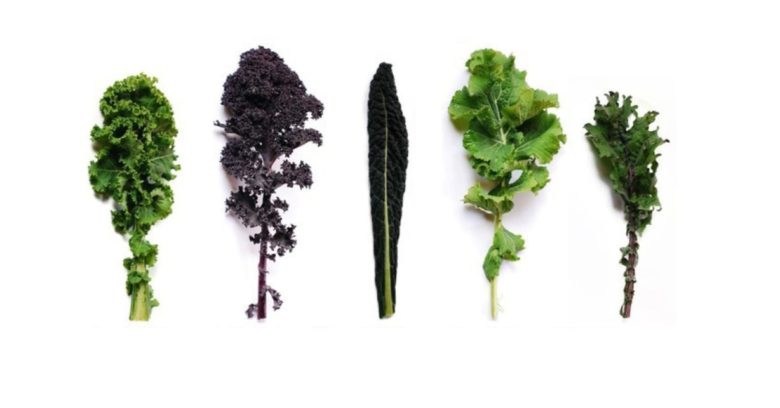
In addition to a beautiful outfit, cabbage is rich in vitamins, minerals and biologically active compounds. Keila contains a lot of vegetable protein, its nutritional value is compared to meat, therefore it is often included in vegetarian and diet menus.
Gardeners rarely, but still grow unusual collard greens in their plots. In southern regions, kale seeds can be sown directly into the ground. Planting time is the first days of May. Another way is to grow through seedlings. In regions with a cool climate, this method is chosen. Kale does not tolerate transplanting, therefore it is recommended to sow it in peat cups.
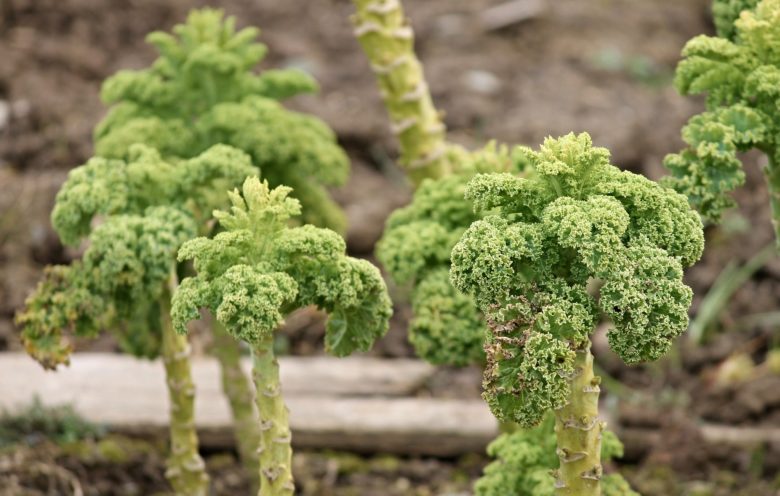
Kale can be prepared for the winter as an addition to soups, stews, stews. In order to properly freeze a vegetable, you need to rinse the leaves well, dry them and pack them in containers or vacuum bags. It is not recommended to re-freeze the product, after defrosting it should be eaten immediately.
Kale – cabbage or salad
Cabbage and some types of salad look the same, but they are completely different vegetables. They have significant differences in nutrient content, taste and, as a result, culinary use.
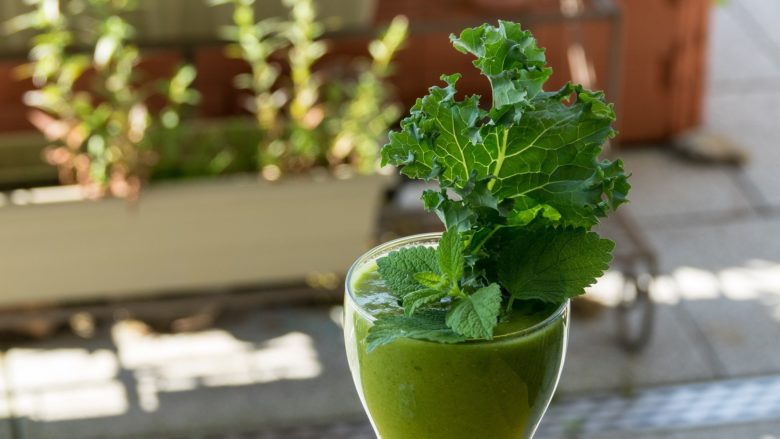
Kale for appearance is often confused with salad. But according to its botanical characteristics, this culture belongs to cabbage. Unlike lettuce, it has a stalk over which the leaves are evenly distributed or concentrated at the top. Kale has denser shoots with a stiff stem. The older the plant, the harder the base. Therefore, only the edges of the leaves are often eaten. They are also different in nutritional value and vitamin content.
The comparison table shows the amount of nutrients per 100 grams of Kale and lettuce:
Kale cabbage
Salad,
green leaves
Caloric value
49 kcal 15 kcal
Protein
3,3 grams 1,36 grams
Carbohydrates
9 grams 1,57 grams
Fat
0,9 grams 0,15 grams
Fibre
3 grams 1,3 grams
Vitamin A
85% of the RDA 41% of the RDI
Vitamin C
133% of the RDI 10% of the RDI
Vitamin K
681% of the RDI 105% of the RDI
Vitamin V6
14% of the RDI 5% of the RDI
Folate
7% of the RDI 10% of the RDI
Cabbage and lettuce are low in calories and low in protein, fat and carbohydrates. Meanwhile, cabbage contains more fiber, which is necessary for normal digestion. Kale contains more macro- and microelements than lettuce, among them – calcium, iron, magnesium, phosphorus, potassium and manganese. It should be remembered that different types of lettuce and kale have different amounts of BJU and nutrients.
Variety of species and varieties
There are more than fifty varieties of this culture. They differ from each other not only in appearance, but also in chemical composition.

With such a variety, all varieties are equally useful. The most famous:
- “Red Curly”
- “Curly green”
- “Scottish Cale”,
- “Italian black kale”,
- “Red Russian”.
Red curly
Bright cabbage with long, highly corrugated leaves. It has a dark green color, which changes to a rich purple color with the first frost. Red kale looks beautiful in a flower garden, especially after the first frost and snow. It is used for food, as well as for decorating dishes. Has a neutral taste reminiscent of white cabbage.
It grows up to 50 cm, perfectly withstands negative temperatures up to — 18 degrees. It even improves the flavor and texture of the leaf, making it softer. Matures on average in 75 days.

The most common type of red curly is Redbor F1 cabbage. Its deep purple leaves are evenly distributed over the stem, which grows to 80 cm. Another equally popular variety is “Scarlet”. This plant has a bright purple hue, the height reaches 100 cm.
To grow red cabbage, plant it in pots or a bed under a film, lightly sprinkling it with earth. It germinates on the seventh day at a temperature 18-20 ° С… Seedlings are not afraid of frosts; they can be planted in the sun or in partial shade. The plant needs to be watered and fed in a timely manner.
3elena curly
This type is more popular than others. Collard greens are like green lace. It has a mild and sweet taste compared to other species. Some varieties winter well and bring harvest the next year.
The most popular variety of green curly feces – “Reflex F1”. It is included in dietary meals and as a supplement for vitamin deficiencies. This vegetable grows to 80 см, in width reaches 50-60 see… Another variety of collard greens – “Cadet” – is very similar in its characteristics to “Reflex”.
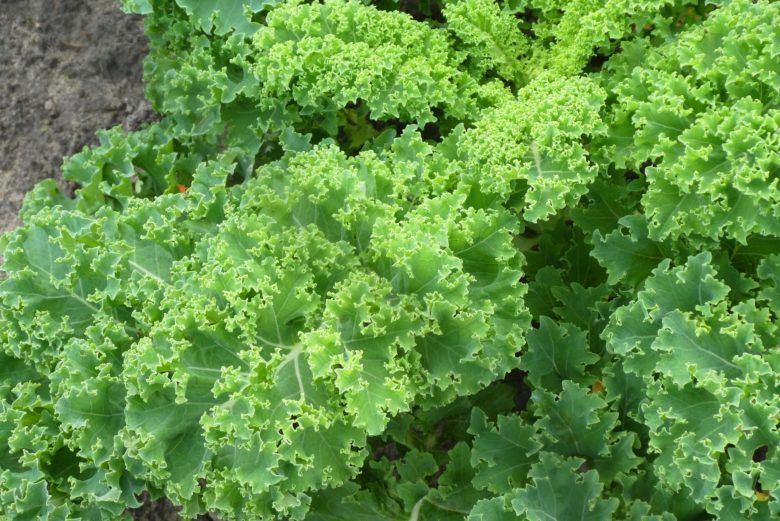
They are eaten fresh and are also good for making pureed soups and stews. Also, green curly makes delicious smoothies. For a vitamin cocktail you will need:
- kale leaves – 4-5 pcs;
- water – 350 ml;
- celery – 2 pcs;
- spinach – 20 gr;
- banana – 1 pc;
- green apple – 1 pc;
- half a lemon;
- mint and honey to taste.
Mix all ingredients in a blender. The smoothie will turn out to be rich, sweet, with a lot of pulp.
What other dishes can be made from kale
Although kale itself does not have a rich flavor, and some varieties can taste bitter when raw, kale can be combined with other ingredients to make delicious, healthy and vibrant dishes.
Scottish kale
This cabbage perfectly tolerates low temperatures. It is common in countries with cold climates. The leaves of this variety are not as delicate as those of others, only slightly curly at the edges. This species has a bright green tint. Differs in early ripening, ripens for 80 days. Brings green shoots all year round. Its height reaches 90 see
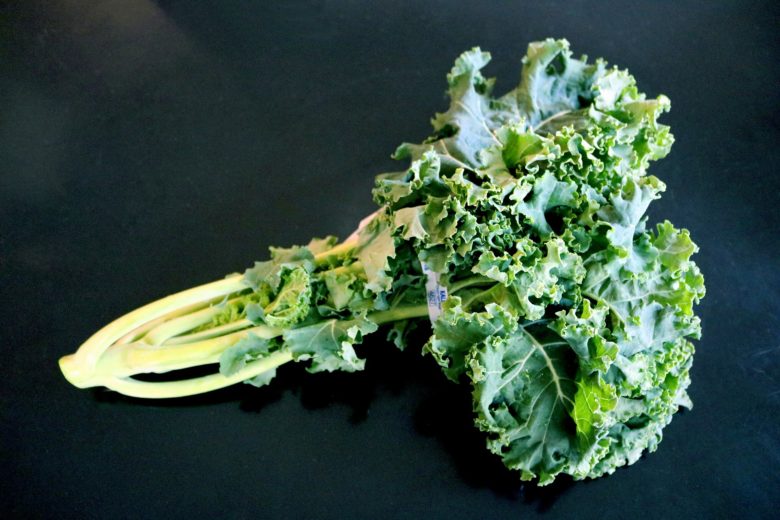
Also, this vegetable is called “Siberian kale”. This variety differs from the Scottish only in its short stature and compactness. Scottish and Siberian varieties are used in salads, as well as freeze and make various preparations.
Italian black kale
Another Italian variety of cabbage is called “Black Tuscany”. The second name is dinosaur, given for its unusual texture and color. The color of the “Tuscan” cabbage is gray-green, the leaves are oblong and long, covered with tubercles over the entire surface. The length of the leaves of black feces reaches 60 см… This variety matures in 60 days.
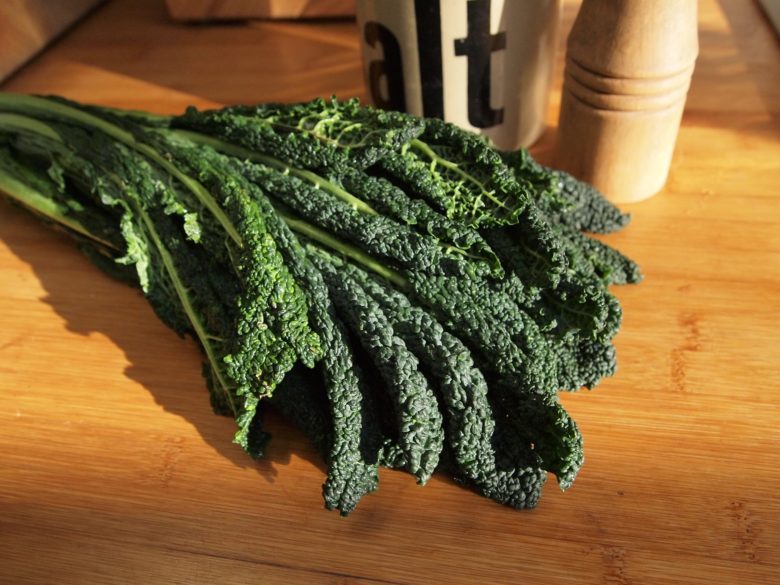
Black Tuscany kale tastes like a cross between spinach and broccoli. Ideal for salads. Perfect for harvesting for the winter – conservation or freezing.
Red Russian
Mid-season kale hybrid. Leaf rosette reaches height 50-60 cm and consists of wavy gray-green wrinkled leaves with a beautiful carved border. The leaves are covered with scarlet veins; when frozen, they acquire a scarlet hue.
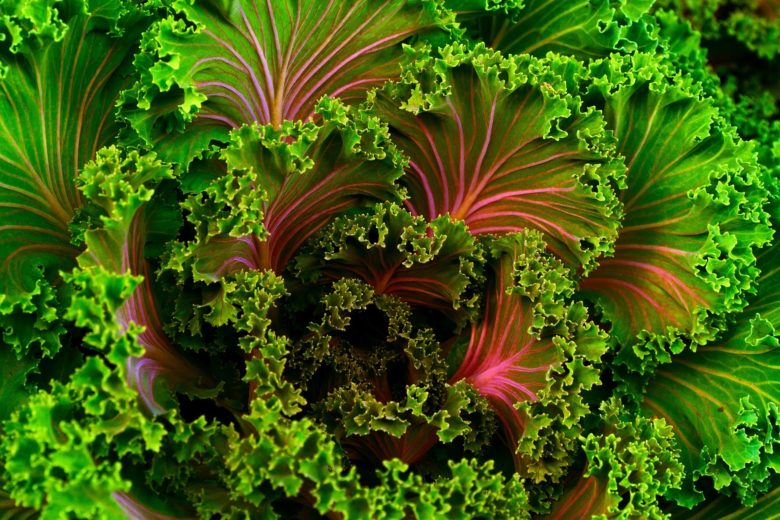
This variety is as cold-resistant as its counterparts, withstands up to -18 ° C… It belongs to early ripening crops, the ripening period is 2 months.
The variety is very fruitful, with delicate, sweetish leaves. Red Russian Kale is ideal for making smoothies.
Composition and useful properties
Kale surpasses white cabbage three times in vitamin C and four times in magnesium. Kale is one hundred percent leader in calcium content, which is more in this cabbage than in milk (150 mg in 100 gr of cabbage /125 mg K in 100 ml of milk 2,5%). In addition, the macronutrient is much better absorbed from greens than from animal products.
On the 100 grams product accounts for:
- 49 kcal;
- proteins – 3,3 g;
- fat – 0,9 g;
- carbohydrates – 9 gr.
Kale is called plant-based beef for its high protein concentration. This culture is an excellent source of easily digestible calcium, magnesium, vitamins of groups A, C, B6, K, iron, folic acid, vital amino acids and antioxidants. A large amount of fiber contributes to the full functioning of the gastrointestinal tract. It also contains fatty acid Omega-3, almost in the same amount as in fish.
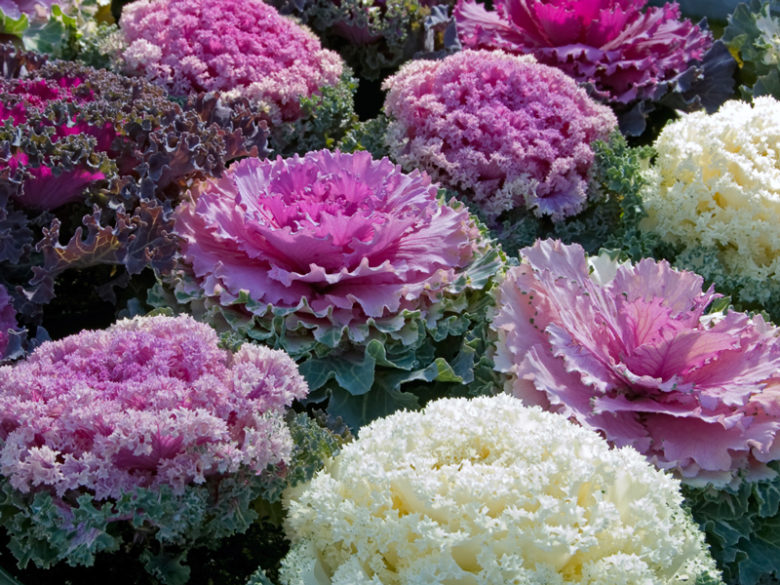
Kale contains flavonoids that have a beneficial effect on our body:
- help cleanse the body of toxins;
- protect the cellular structure, reduce cholesterol levels and reduce the risk of cancer;
- have antioxidant properties and protect against free radicals.
It is important to know! Cale helps to normalize hormonal levels, which has a positive effect on intimate life, relieves premenstrual syndrome. It contains folic acid, which is important to take during pregnancy.
To benefit from kale, the leaves must be used fresh. They can also be added to soups, stews, and garnishes from them. To get rid of the bitterness, the vegetable needs to be frozen, its taste will become sweet.

Useful properties of Kale cabbage:
- It strengthens the immune system;
- has anti-inflammatory and antioxidant effects on the body;
- improves vision;
- helps to strengthen teeth;
- improves skin condition;
- has antitumor activity;
- helps to replenish calcium deficiency in the body.
Cale can be consumed by everyone, even small children, but you should not overeat. Like any other cabbage, “curly” causes increased gas production.
Contraindications and harm
There is definitely more benefit than harm in kale in kale.
But she still has some contraindications:
- It is not recommended for people with kidney disease. This vegetable contains oxolates, which can provoke relapses of urolithiasis and gallstones.
- Too much vitamin K can make it harder for the blood to thin.
- Consumption in large quantities can cause flatulence, diarrhea, intestinal cramps, exacerbation of gastritis. This does not apply to dietary supplements.
- Caution should be exercised in patients with thyroid disorders.
Interesting Facts
Some more information about superfood:
- In America, kale is called red Russian cabbage, although most Russians have not heard of it.
- Kale can be eaten fresh, cut into a salad, baked, and made into smoothies. But don’t cook! During the cooking process, practically nothing remains of it, since it is on 85% consists of water.
- For a long time, shoots were grown for livestock feed.
- There is another variety of kale called “Trostyanaya”. It grows to almost two meters in height. Its stem is very tough. Rumor has it that canes are made of it.

Conclusion
How little we sometimes know about “outlandish” vegetables, which are so easy to plant and grow on our site. This healthy vegetable deserves our attention because it contains a lot of nutrients and vitamins. Include it in your daily diet, buy seeds or seedlings, and kale will delight you with its unusual beauty, ease of growing and beneficial benefits to the body.
Different varieties of cabbage Kale (Keil)
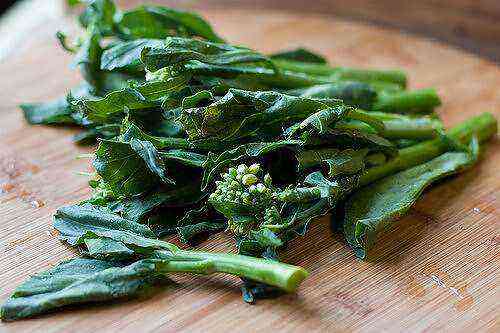 Chinese broccoli or kai lan
Chinese broccoli or kai lan Kai Lan Salad Dressed with Soy Sauce
Kai Lan Salad Dressed with Soy Sauce